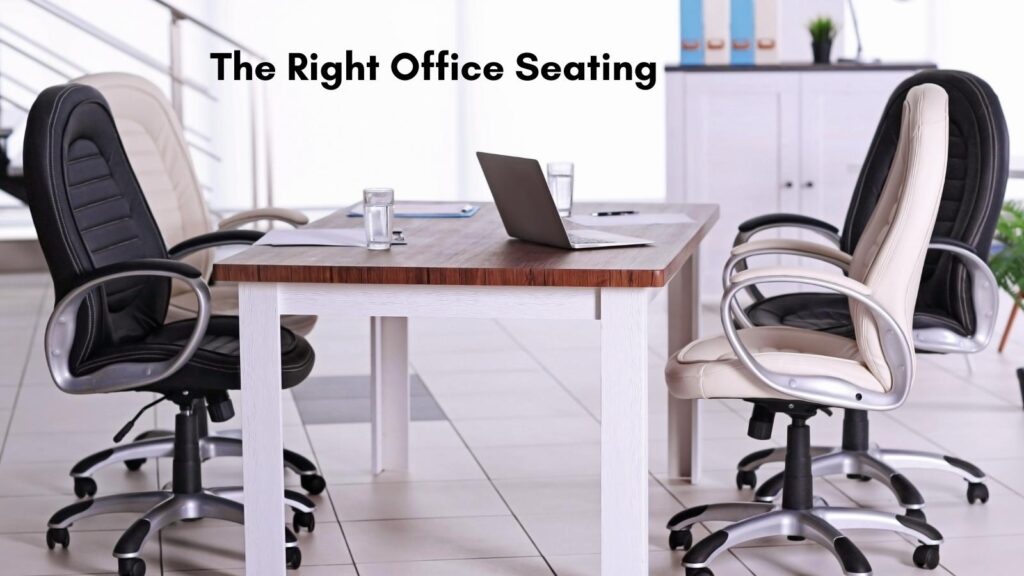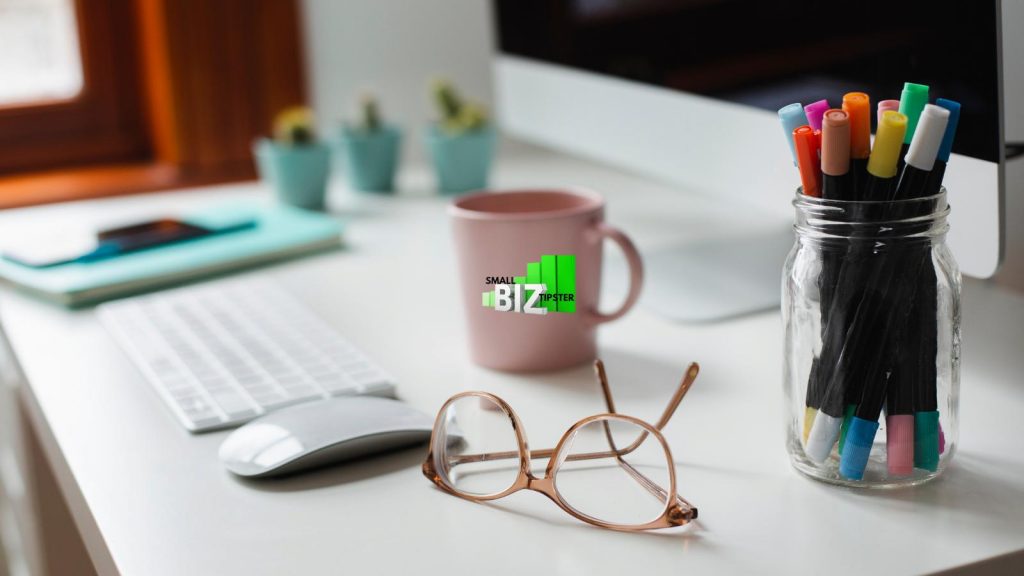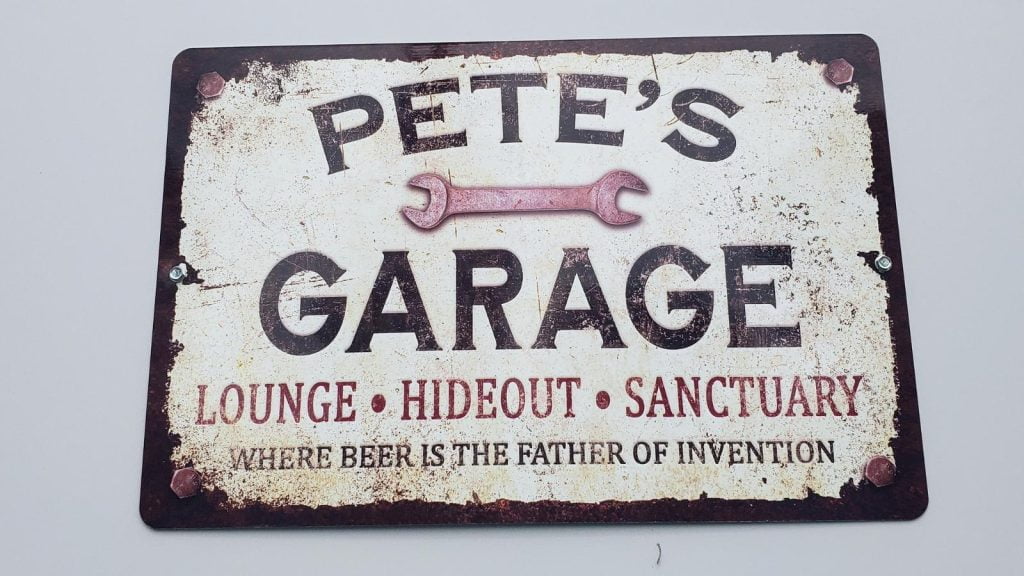Don’t underestimate the importance of office seating. You need many kinds of seating options throughout your office—and some are better than others.
The wrong seating choices can lead to issues like permanent employee discomfort, which often leads to time off work. Inadequate seating can make your office look terrible and create bad first impressions.
It’s not as simple as finding the cheapest office chairs and seating options. You need to figure out the right choices for the correct purposes. It’s more complicated than it seems – but here’s a rundown of how to choose the right seating options for your small business:
Table of Contents
Opt For Ergonomic Desk Chairs
We’ll start with the most prominent seats in your office seating: the desk chairs.
You’ll need plenty of these for your staff to sit on, and ergonomic desk chairs will help your whole office move smoother. Ergonomic chairs are built to be comfortable while helping you maintain an upright posture as you work. In turn, this reduces muscle strain and stops employees from getting sore.
There are loads of ergonomic desk chairs out there—and many that claim to be ergonomic. Generally, move away from any mesh or “gaming” chair. Some offices genuinely buy gaming chairs because they claim to be the most ergonomic, but they never are.
The best ergonomic office chairs support the lumbar spine (lower back) and don’t force the shoulders to round forward. You might need to test a few before settling on the right one. Regardless, a truly ergonomic chair is worth its weight in gold, especially when it prevents your employees from taking time off work due to chronic back or neck pain.
Invest In Comfort Office Seating For Breaks
Part of the reason people get sore at work is that they’re stuck at their desks all day. You should encourage employees to take a few minutes away from their desks every hour or so. There should also be a decent lunch break so they can get up and walk around.
Consequently, you need workforce comfort seating for any breakrooms or relaxation areas in your office. This type of seating is designed to help people sit back and relax. It’s usually plush armchairs or sofas that your employees can relax and take a breather.
If you throw in a few footstools so they can put their feet up, you’ll encourage a more relaxed working environment.
Comfort is always the number one priority, so give your workers a break from their desks and a chance to actually relax for a few minutes.
Use Executive Seating To Establish Confidence
At first glance, this looks like a very odd heading. What on earth does “use executive seating to establish confidence” mean? Well, it refers to the seating options in your private office area – or the offices of any other managers.
There will be times when you hold meetings with employees or clients. In these cases, executive seating helps to set the tone and makes you exude confidence and authority. When we talk about “executive seating,” we’re talking about seats that look fancy and expensive. You have a big high-back chair that’s still ergonomic but differs from all the other chairs in the office.
You’ll be amazed at what a chair can do during meetings, particularly with prospective clients. They see you as a confident figure who knows what they’re discussing. Imagine you were a prospect and had a meeting with a business, but the person you’re meeting with is sitting in a small plastic chair.
You subconsciously think less of them, which eats into your feelings during the meeting. As crazy as it sounds, you’re more likely to secure deals with prospects when you sit in a big executive chair.
Provide Comfortable “Waiting” Office Seating Chairs
A “waiting” chair is any seating option for people to sit in while waiting. You could have them in a proper waiting room or have a row of chairs outside your office. Either way, someone will sit there to wait for meetings or consultations.
Therefore, you need to make these chairs as comfortable as possible. They should be similar to your breakroom comfort chairs, possibly more relaxed.
You don’t want someone to moan or get sore while waiting for you – they should almost feel at home, which helps the time melt away.
Conclusion: Picking the Right Office Seating For Your Company
Choosing the correct office seating means balancing comfort, functionality, and style. Prioritize chairs that support good posture, especially for employees who sit for long hours.
Look for adjustable features like height, lumbar support, and armrests to meet different needs. Consider the layout of your space—bulkier chairs might not work in tight areas.
Don’t overlook durability; high-quality materials will last longer and save money. Most importantly, involve your team by gathering input or testing options before making a final decision.
A comfortable workspace with the proper office seating boosts morale and productivity, so it’s worth getting it right. Comfort is the underlying theme when choosing the right seating options for your office.




